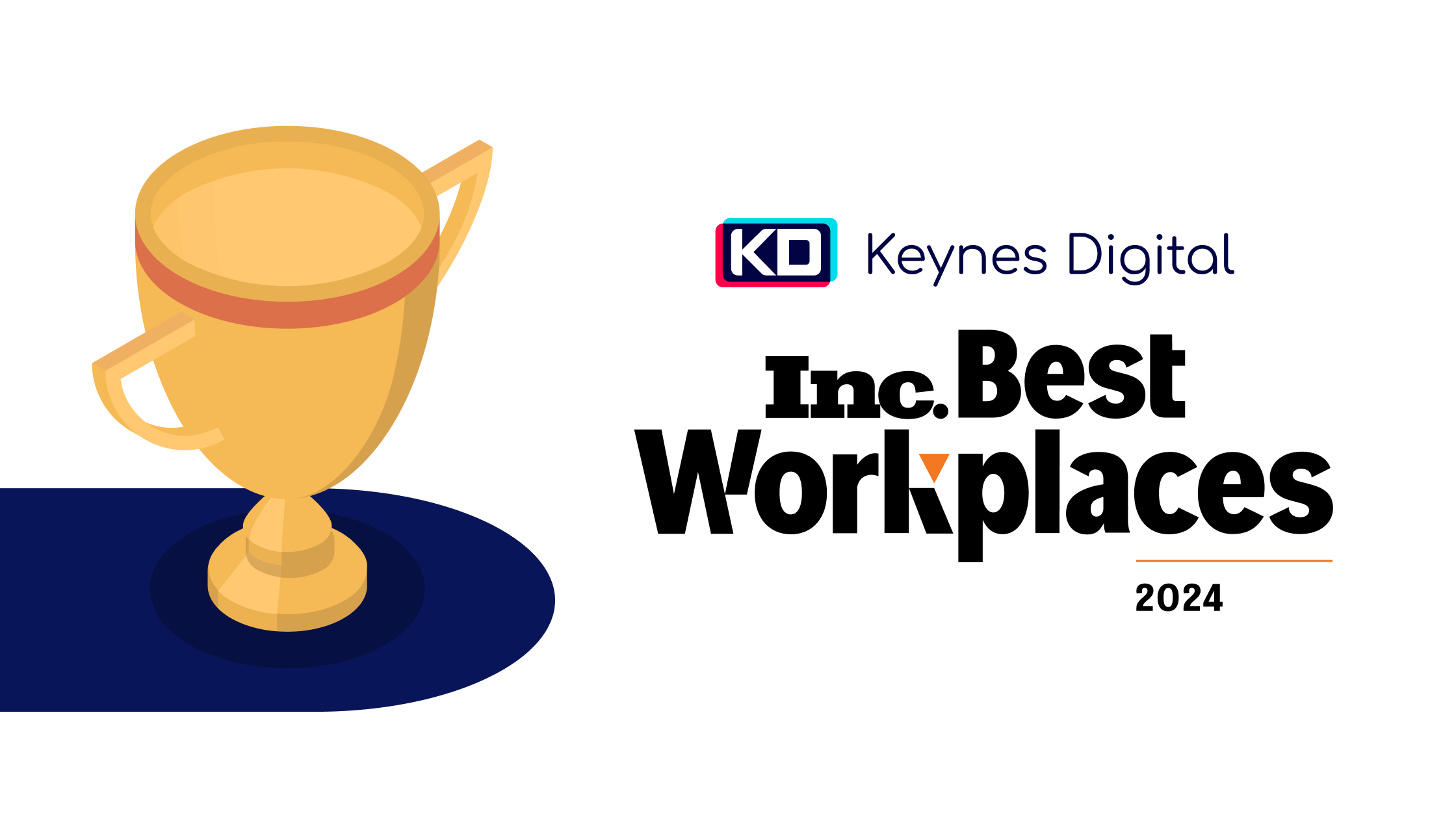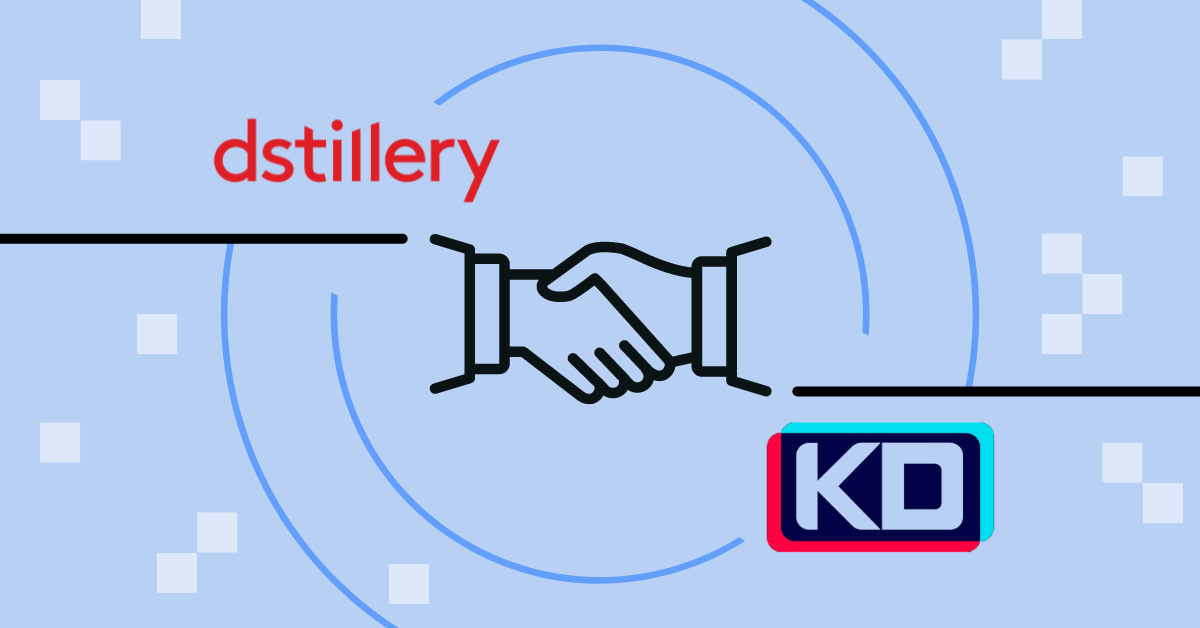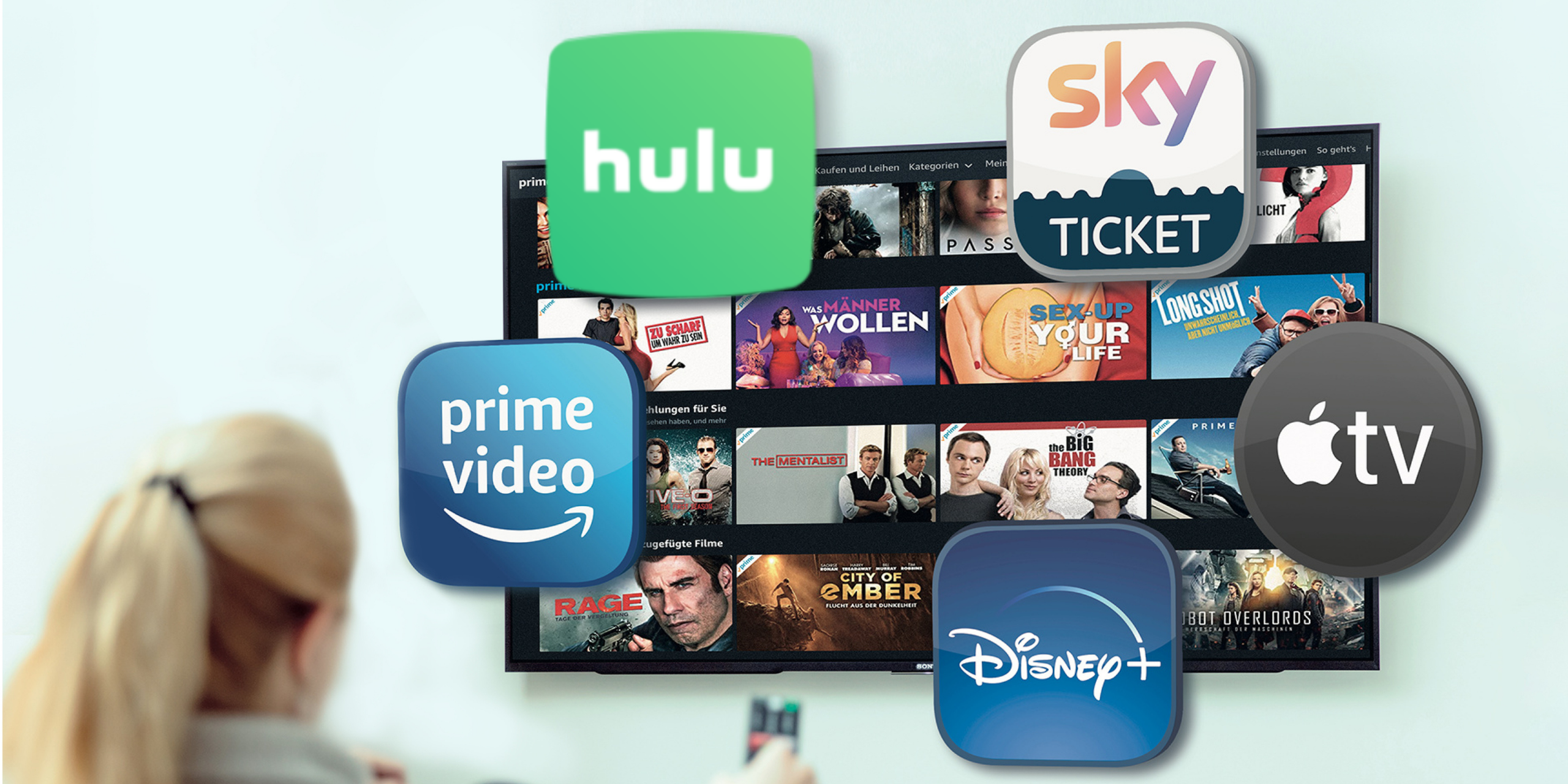Connected TV Advertising
Connected TV Advertising
Connected TV (CTV) advertising takes place on a connected TV. But to understand what CTV advertising is, we first must ask, “What is connected TV?”
Connected TV
A connected television is a TV that’s connected to the internet. It’s capable of streaming all the free and paid services that are available as alternatives to cable or satellite TV. Perhaps the best-known services are Hulu, Netflix, and Peacock, but they’re only the tip of the iceberg in today’s streamable content.
Most TV sets sold today are smart TVs, and they’re connected TVs right out of the box. Viewers can make almost any television set into a connected TV by adding a CTV device such as a Roku, an Amazon Fire Stick or an Apple TV device. A TV can also become connected to a gaming console such as a Playstation or Xbox.
Connected TV Advertising Definition
Connected TV ads are the short advertisements that viewers see before and during the streaming content they’re watching. Typically they’re not skippable, but they’re less intrusive because they last only 15 to 30 seconds.
CTV advertisements appear in regular ad breaks and are even indistinguishable from cable television ads in content and quality production. Those shown at the beginning of the show are called pre-roll advertisements and those during the show are mid-roll. These are the times when viewers are most likely to sit through the ad and keep watching the content. The market for mid-roll ads is the most competitive one.
Connected TV Advertising Is the Future
It’s no secret that viewers are “cutting the cord” and abandoning cable TV in favor of streaming internet content. The prime-time audience of the networks is off by nearly 20 percent from 2019 to 2020. Major cable networks are suffering viewing losses as high as double digits. About half of US households own a streaming device such as a Roku or Fire Stick. Emarketer estimates that within two years over 50 million people will refuse to watch traditional pay TV.
The trend is even stronger among younger viewers. Some studies show that millennials spend seven or more hours a day watching streaming content on various devices, but that 18 to 24-year-olds spend less than half an hour viewing traditional TV. Older viewers grew up watching antenna TV and then cable, but millennials and even GenXers have no loyalty to those platforms. Already more than half of millennials watch connected TV only and cable TV not at all.
The connected TV audience is huge and getting bigger. Furthermore, with connected TV ads, it’s easier to target your audience to reach the best prospects. Traditional TV advertisers are going to find more and more that they’re using a “shotgun” approach on a viewership that’s getting older and smaller.
Connected TV Advertising Platforms and OTT Advertising Platforms
In traditional antenna, cable, or satellite TV also called linear TV, the advertiser doesn’t have to think about the platform. You place your advertisement with a network or a TV station for a particular time slot, and everyone who views it at that time sees it. A CTV or OTT ad, on the other hand, can appear on a number of platforms.
Connected TV vs OTT
The terminology of the connected world is evolving, and sometimes these terms are used interchangeably. However, most people make a distinction.
Over-the-top television, or OTT, consists of any content streamed over the internet and viewed on any kind of device. Typically, it comes into a home via cable, DSL or satellite, and it’s watched on anything connected to the internet, be it a laptop, tablet, smartphone, or connected TV.
Connected TV also relates to content streamed over the internet but only when it’s viewed on a connected TV set, i.e., a smart TV or a TV with a streaming device such as a Roku or Fire Stick. Thus, we can consider CTV a subset of OTT.
There’s also a distinction between OTT platforms and CTV platforms. The OTT platforms are the providers of streaming content, such as Netflix and Amazon Prime, and the CTV platforms are the physical entities of connected TV. They’re smart TV, Rokus, Fire Sticks, and gaming consoles such as PlayStation or Xbox.
OTT Advertising Platforms
There are hundreds of OTT platforms, but a few best OTT advertising platforms dominate the market. These include Netflix, Peacock, Hulu, HBO Now and Starzz. The largest, Netflix, has over 150 million subscribers.
As big as these numbers are, only about half of the US population uses these services. That’s a number that will grow and a market that will become more desirable.
Connected TV Platforms
The most popular connected TV advertising platforms are Roku, Amazon FireTV Stick, and Apple TV. These are to some degree “pass-throughs,” as they are used mainly to gain access to the OTT platforms, e.g., a viewer hooks up a Roku in order to get Netflix. However, these CTV devices have menus and their own content in addition to the content they connect to.
Connected TV has grown by hundreds of percent in recent years, but connected TV advertising gets only one or two percent of advertising dollars, which is increasingly changing.
CTV vs OTT Advertising
The big difference is that CTV ads will always be seen on television, but OTT ads can be viewed on any kind of device. This platform difference gives OTT ads more versatility. OTT viewers on a non-TV device often open a second window to learn more about what they’re seeing. They can also be presented with clickable links.
Connected TV Advertising vs OTT Advertising
The Interactive Advertising Bureau (IAB), an association of hundreds of companies involved in digital marketing, publishes definitions of digital marketing terms. In the OTT vs CTV IAB definitions, the distinction is made between CTV being restricted to connected television sets and OTT relating to all connectable devices.
Categories of OTT TV Advertising
1. Ads on CTV Devices
These ads appear on television sets, whether on smart TVs or connected by devices such as Roku and Fire Stick. In comparing linear TV vs OTT, these are the ads most similar to broadcast TV ads. Unlike ads on cable with DVR, they are usually non-skippable. Advertisers reach a wide audience, most of which watch the ad all the way through.
On the other hand, these ads can’t have clickable links, which limits their usefulness in a blended approach. Also, they’re harder to target a specific audience than other OTT ads.
2. Ads on Workstations and Laptops
Unless there’s a big monitor there’s not the same picture size as on a TV. On the plus side, ads are clickable, you can target your audience and you can track views and click-throughs. A disadvantage is that they can be blocked or skipped. Also, the audience is shrinking as more people move to mobile devices for most of their internet access.
3. Ads on Mobile Devices
These have the clickability of laptop ads with even better audience targeting. On the negative side, ads can experience quality issues due to small screen size, lack of standardization in viewing windows and variable internet bandwidth.
OTT and CTV vs Linear TV Advertising
Looking at advertisements on OTT vs TV advertising as viewers have traditionally watched it, there are some significant differences, many of which are advantageous to OTT and CTV.
OTT ads tend to be more viewer-friendly. They’re short so viewers don’t mind paying closer attention. They may allow continued streaming of content. They’re less likely to be skipped or ignored than linear TV ads.
OTT ads, being delivered through the internet, are easier to track and give advertisers a chance to measure effectiveness as the ad is being viewed.
OTT and CTV ads can be delivered across multiple channels. A single ad can be tailored for different audiences. There’s a much better chance of delivering the right message at the best time to the most receptive viewer.
Industry Expert Insights
We are your high-touch, performance-focused streaming TV and programmatic advertising partner. Our team of experts and a one-of-a-kind data-driven platform connects you to the best streaming TV marketing strategies.









































